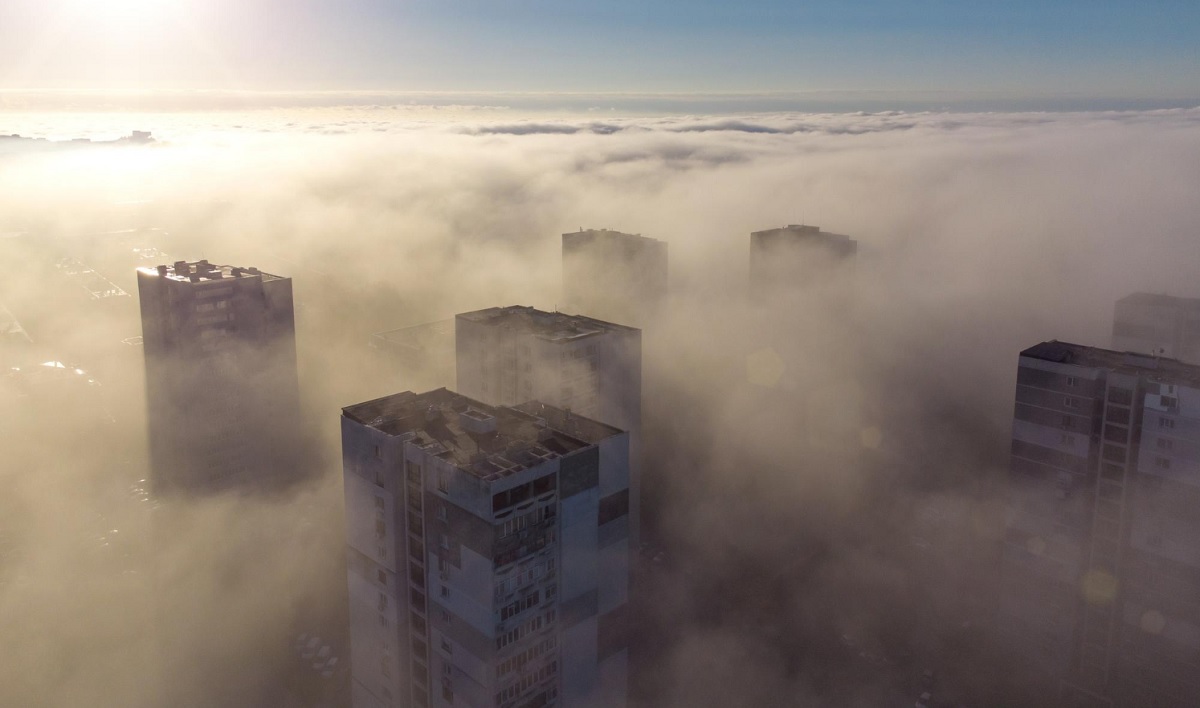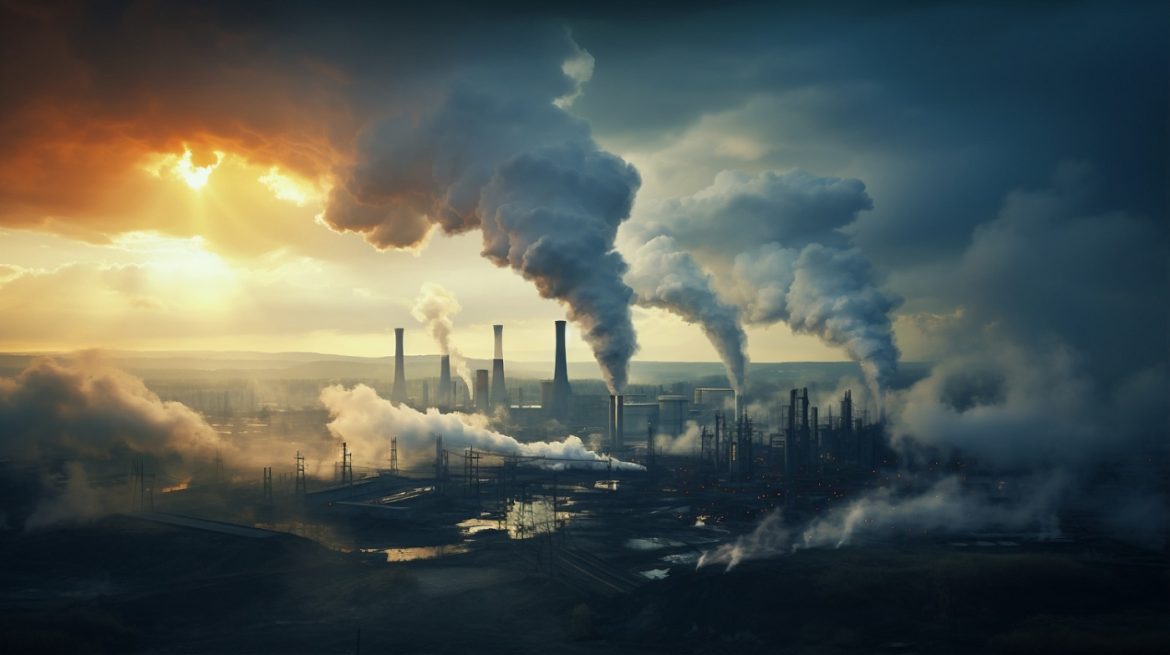Ozone deterioration refers to the depletion or thinning of the ozone layer, a vital component of the Earth’s atmosphere. This layer, primarily located in the stratosphere, plays a crucial role in shielding life on Earth from harmful ultraviolet (UV) radiation emitted by the sun. The deterioration of ozone occurs when human-made chemicals, such as chlorofluorocarbons (CFCs), halons, and other ozone-depleting substances (ODS), are released into the atmosphere. These chemicals contain chlorine and bromine atoms, which, when they reach the ozone layer, catalytically break down ozone molecules, leading to its depletion.
Human activities impacting ozone deterioration
A myriad of human activities contributes to ozone deterioration, primarily through the emission of ozone-depleting substances and other pollutants. Industrial processes, such as manufacturing, refrigeration, and air conditioning, release significant amounts of CFCs and halons into the atmosphere. Additionally, the use of certain pesticides and solvents also emits ozone-depleting chemicals. Furthermore, the combustion of fossil fuels in vehicles and power plants releases nitrogen oxides and volatile organic compounds, which can react with sunlight to form ozone in the troposphere, contributing to urban smog and further exacerbating ozone depletion.

Ozone deterioration in urban environments
Urban areas are particularly susceptible to ozone deterioration due to high levels of human activity and pollution. The concentration of ozone-depleting substances and precursor pollutants is often elevated in cities, leading to increased ozone formation and depletion. Industrial facilities, vehicular emissions, and residential activities collectively contribute to the degradation of the ozone layer in urban environments. Moreover, urban heat islands, caused by the concentration of buildings and pavement, can intensify the chemical reactions that lead to ozone formation, exacerbating the problem.
Policy approaches to combat ozone deterioration
Governments and international organizations have implemented various policies and regulations to address ozone deterioration and mitigate its harmful effects. The most notable of these efforts is the Montreal Protocol on Substances that Deplete the Ozone Layer, an international treaty ratified by almost every country in the world. The Montreal Protocol aims to phase out the production and consumption of ozone-depleting substances, providing a framework for the global community to collaborate on ozone protection. Additionally, many countries have enacted domestic legislation to regulate the use and emissions of ozone-depleting chemicals, setting targets for their reduction and promoting the adoption of ozone-friendly alternatives.

International collaborations in addressing ozone deterioration
International collaboration is essential in combating ozone deterioration, as the depletion of the ozone layer is a global issue that requires coordinated action. The success of initiatives like the Montreal Protocol demonstrates the effectiveness of multilateral cooperation in addressing environmental challenges. Through the exchange of scientific knowledge, technology transfer, and financial assistance, countries can work together to phase out ozone-depleting substances and promote sustainable practices. International organizations, such as the United Nations Environment Programme (UNEP) and the World Meteorological Organization (WMO), play crucial roles in facilitating collaboration and monitoring progress towards ozone protection goals.
Ozone deterioration poses a significant threat to the Earth’s atmosphere and the well-being of all living organisms. Human activities, including the release of ozone-depleting substances and precursor pollutants, contribute to the depletion of the ozone layer, particularly in urban environments. However, through concerted efforts at the national and international levels, such as the Montreal Protocol and collaborative initiatives, progress has been made in combating ozone deterioration and protecting the ozone layer. It is imperative that governments, businesses, and individuals continue to prioritize ozone protection efforts, adopting sustainable practices and supporting policies that preserve the integrity of our atmosphere for future generations.




